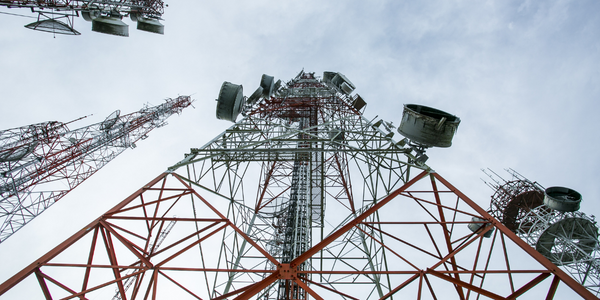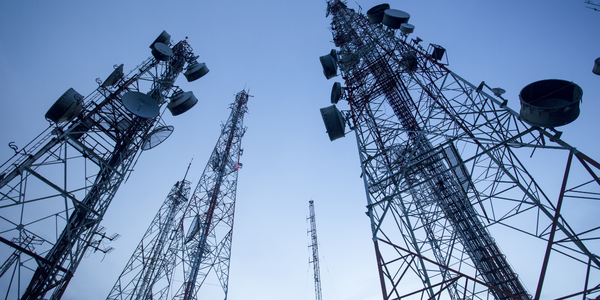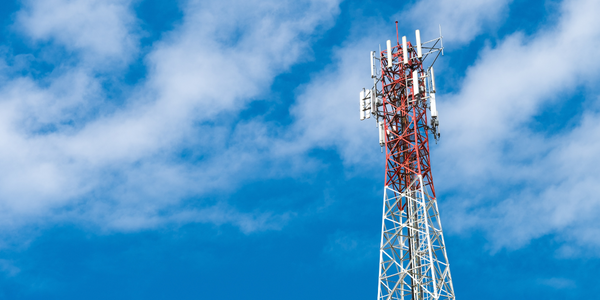Technology Category
- Cybersecurity & Privacy - Intrusion Detection
- Sensors - Autonomous Driving Sensors
Applicable Industries
- Telecommunications
Applicable Functions
- Procurement
- Product Research & Development
Use Cases
- Counterfeit Product Identification
- Fraud Detection
About The Customer
Fiesta Restaurant Group, Inc. is a renowned restaurant company that owns and operates the Pollo Tropical brand. Known for its rich history rooted in great food, hospitality, and warm service, the company has established a strong presence in the restaurant industry. However, the COVID-19 pandemic and the resulting shift in customer ordering behaviors posed significant challenges for the company. To maintain its reputation for quality service and freshness, Fiesta needed to adapt its operations to provide safe, convenient, and seamless ordering experiences for its customers. This led to the implementation of a Curbside Pick-up service for mobile users, which, despite its initial challenges, was significantly enhanced with the integration of Radar's location-based solution.
The Challenge
Fiesta Restaurant Group, Inc., the owner and operator of the restaurant brand Pollo Tropical, faced significant operational challenges in the wake of the COVID-19 pandemic. With a shift in customer ordering behaviors, the company needed to adapt to provide safe, convenient, and seamless ordering experiences that maintained their reputation for quality service and freshness. In response, Pollo Tropical quickly implemented a Curbside Pick-up service for their mobile users. However, the initial solution had many gaps that led to poor customer experiences and operational difficulties for restaurant teams. The lack of visibility into the customer’s Estimated Time of Arrival (ETA) made it difficult for restaurant teams to effectively prioritize order preparation between various order modes such as in-store, curbside, and delivery. This often resulted in longer customer wait times and compromised food freshness. Customers were also often unsure of whether they needed to call the restaurant, engage with the app, or park in a designated area. The Fiesta team was under pressure to launch an enhanced curbside experience as quickly as possible.
The Solution
Fiesta selected Radar to address the gaps of a non-location based solution, leveraging trip tracking and flexible geofences for all Fiesta locations. When a customer places an order, trip tracking initiates a trip in Radar, generating real-time customer ETAs for the Fiesta team. Once a customer enters a restaurant’s geofence boundary for a pickup, an arrival event triggers a notification providing timely curbside instructions to the customer. This location-enabled service empowers staff to manage time and orders effectively and ensures a more convenient experience for customers, who no longer experience the frustration of having to call the restaurant to retrieve their order. Furthermore, new insight into their average wait time and contributing factors across locations enables the Fiesta team to optimize further and continue to build brand loyalty. The solution was built alongside existing tools like Olo, Punchh, Xpient, and OneSignal, and Radar's entire solution fit into Fiesta’s existing technology stack by adding a critical location layer. The Radar team worked with Fiesta's mobile agency and Radar Solution Partner, Bottle Rocket, to design and engineer a delightful order and curbside pickup experience for every Fiesta customer.
Operational Impact
Quantitative Benefit

Case Study missing?
Start adding your own!
Register with your work email and create a new case study profile for your business.
Related Case Studies.
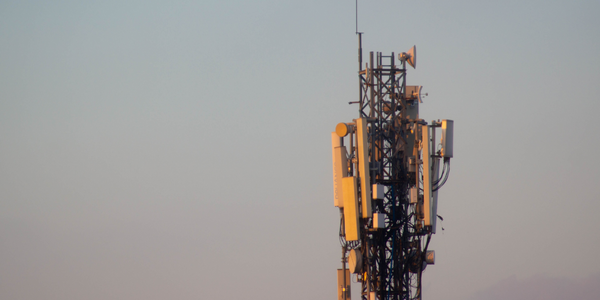
Case Study
Vodafone Hosted On AWS
Vodafone found that traffic for the applications peak during the four-month period when the international cricket season is at its height in Australia. During the 2011/2012 cricket season, 700,000 consumers downloaded the Cricket Live Australia application. Vodafone needed to be able to meet customer demand, but didn’t want to invest in additional resources that would be underutilized during cricket’s off-season.
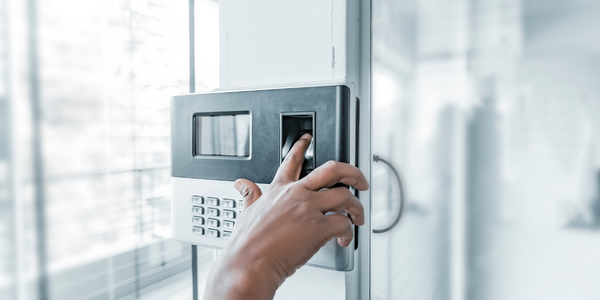
Case Study
SKT, Construction of Smart Office Environment
SK T-Tower is the headquarters of SK Telecom. Inside the building, different types of mobile devices, such as laptops, smartphones and tablets, are in use, and with the increase in WLAN traffic and the use of quality multimedia data, the volume of wireless data sees an explosive growth. Users want limitless Internet access in various places in addition to designated areas.







